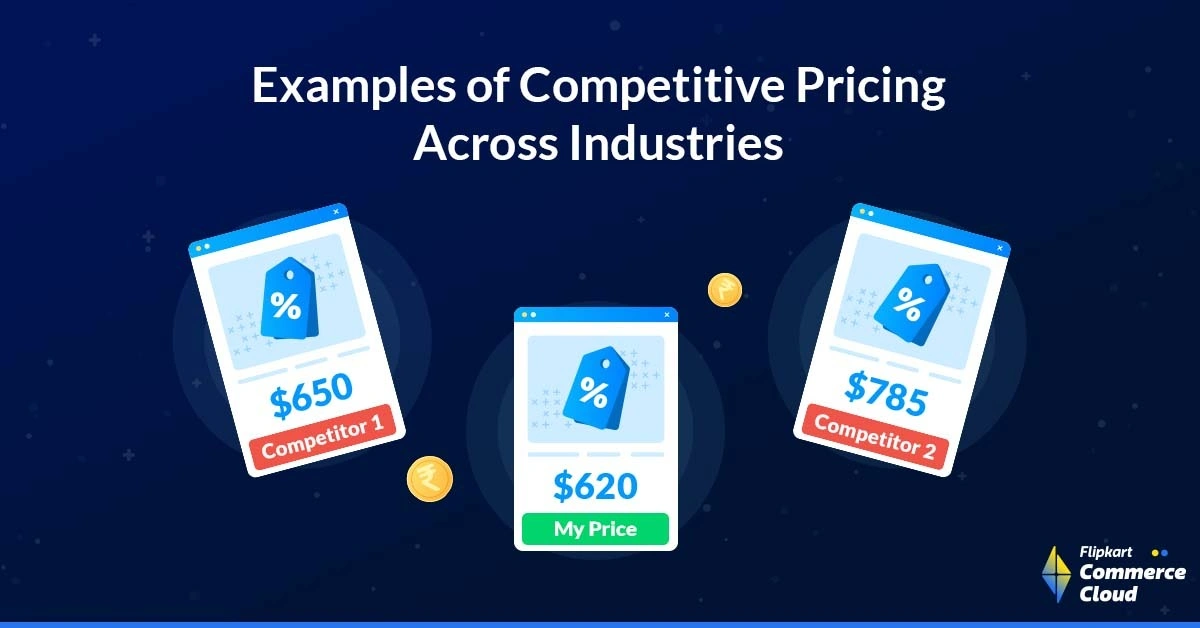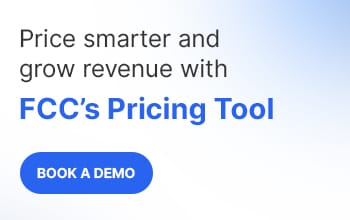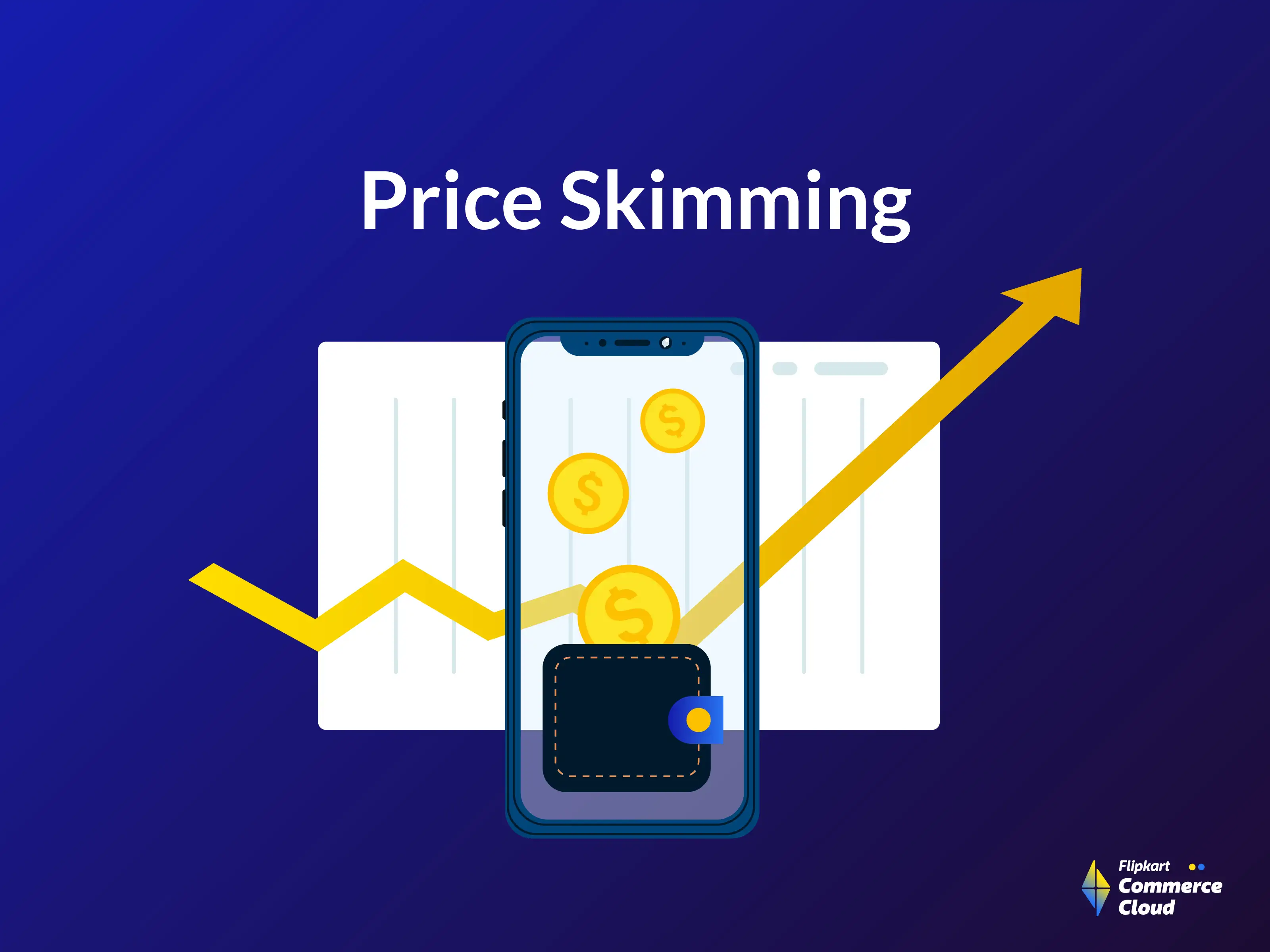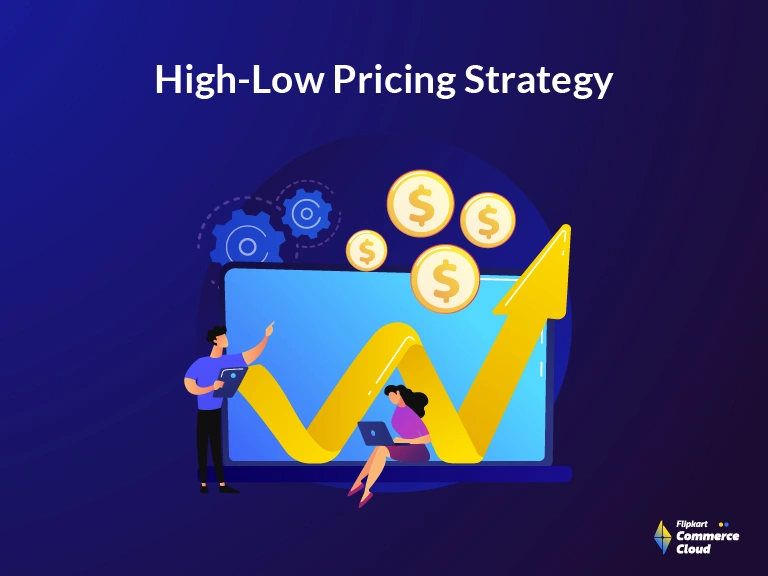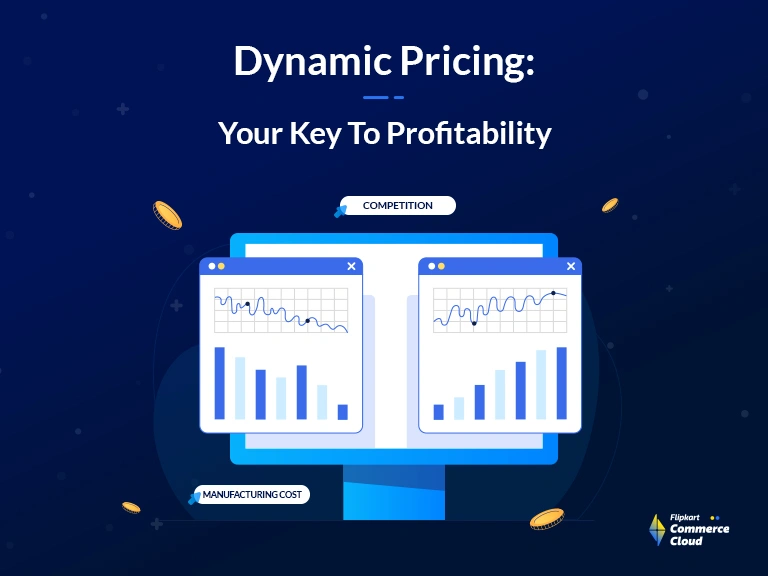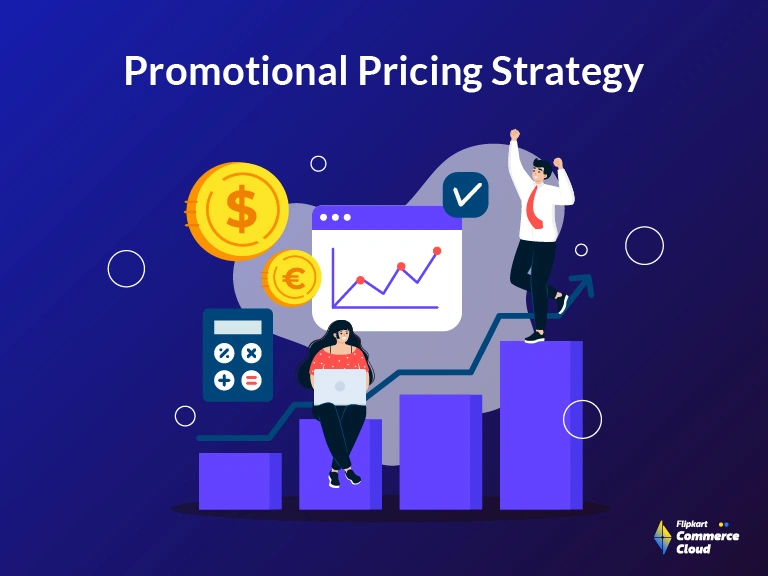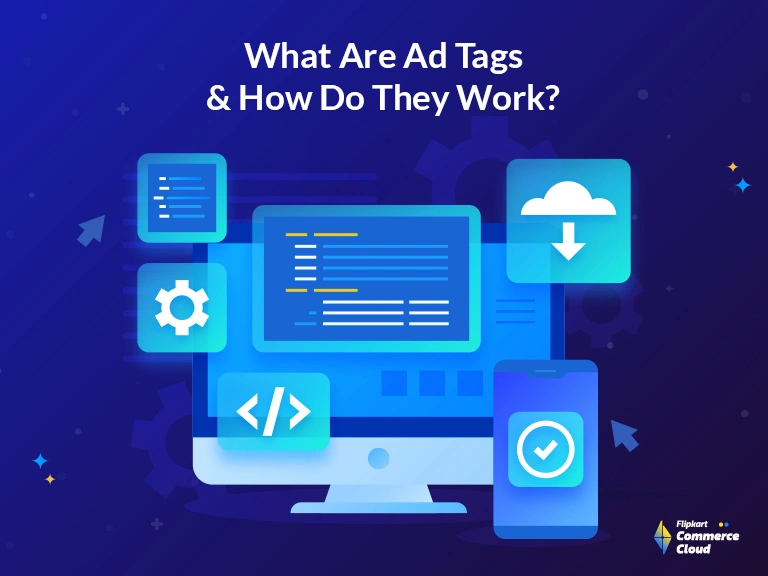In today’s ever-changing business landscape, market alignment is not just a strategic choice; it’s an imperative. Your pricing should align with customer expectations, reflecting current trends, or you run the risk of being overshadowed in the highly competitive marketplace.
This is where the concept of competitive pricing comes into play, as it becomes an indispensable tool for companies seeking to get the attention of discerning consumers.
In a previous blog post, we discussed the fundamentals of a competitive pricing strategy. Today, we will dive into competitive pricing examples to provide you with insights into how this strategy has proven successful for leading global brands.
But before that, here’s a quick recap.
What is Competitive Pricing?
Competitive pricing is essentially a type of pricing strategy wherein a company sets the prices of its products or services in alignment with the pricing offered by its competitors for similar products. The goal is to remain competitive within the market by offering similar or superior products at the best price. Competitive pricing can take various forms, such as price matching, discounts, bundle deals, or even dynamic pricing strategies. It’s a dynamic approach that allows businesses to adapt to the ever-changing economic landscape.
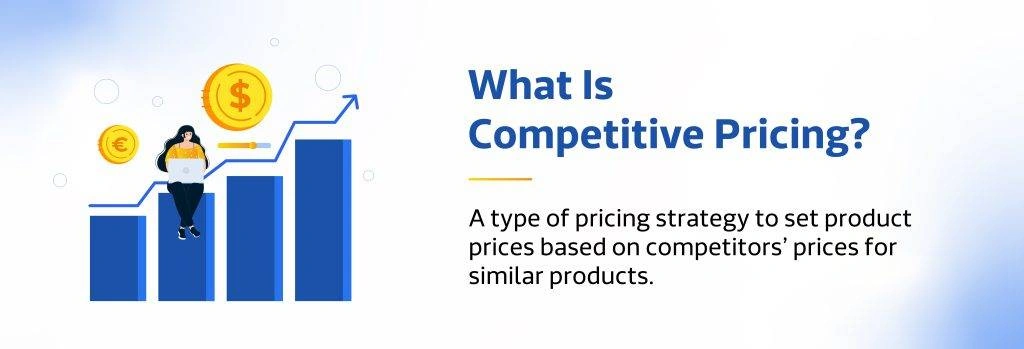
Why is Competitive Pricing Important?
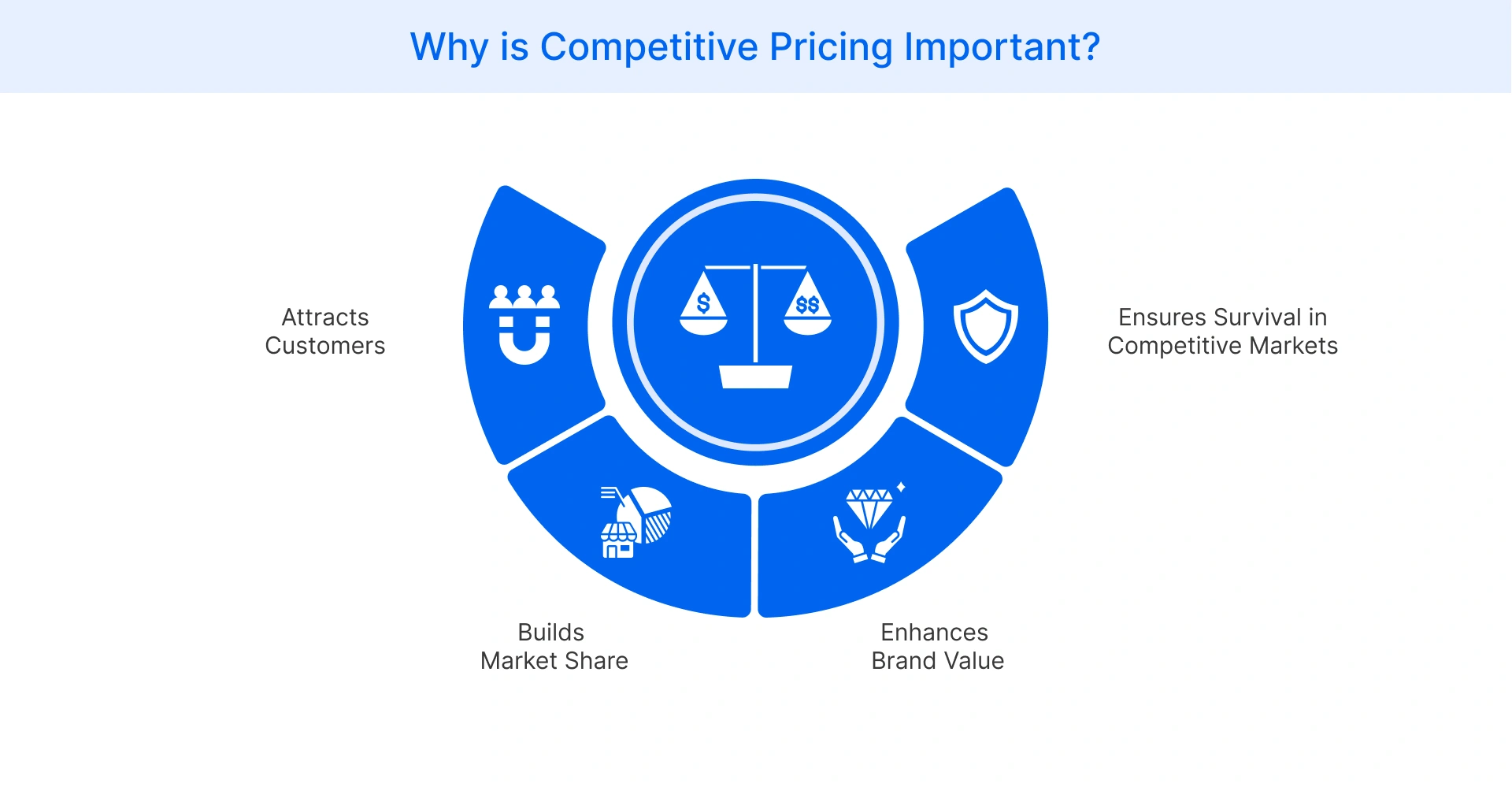
Competitive pricing holds paramount importance in the business world for several reasons:
Attracting Customers: In a market where consumers have numerous choices, competitive pricing is a powerful magnet that lures customers. Shoppers are more likely to explore and choose a brand that offers competitive prices.
Market Share: Businesses aiming to increase their market share and expand their customer base rely on competitive pricing. It can be a strategic tool to capture a larger piece of the pie.
Brand Reputation: Companies that consistently offer competitive prices build a reputation for value. This reputation can be a long-term asset that keeps customers coming back.
Surviving in Competitive Markets: In highly competitive industries, failure to adopt competitive pricing can lead to a loss of market relevance and, ultimately, business failure.
However, businesses often end up making the mistake of letting go of profits in a blind pursuit of lower prices. While competitive pricing is a powerful strategy, it must be executed thoughtfully to strike the right balance between attracting customers and maintaining healthy profit margins. Several popular brands have successfully mastered the art of competitive pricing. Let’s have a look at some of the prime examples where competitive pricing has not only attracted customers but also contributed significantly to their bottom lines. Spoiler alert— we’re not talking about Pepsi and Coca Cola!
Competitive Pricing Examples
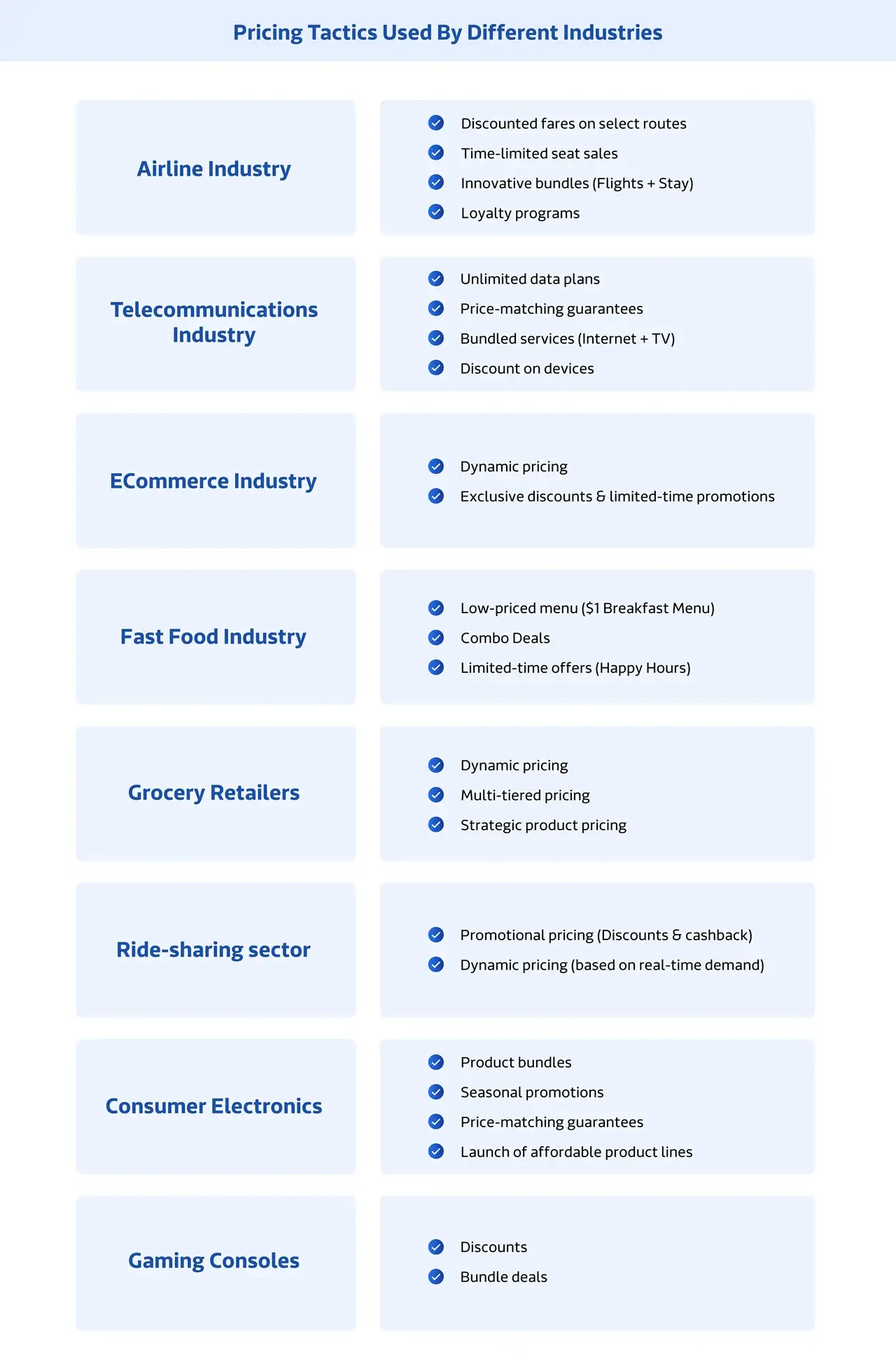
Airline Industry
The airline industry is known for its relentless pricing wars in a highly competitive market. These wars are not just occasional skirmishes but ongoing, strategic battles that occur on various fronts. Airlines understand that pricing can make or break their competitiveness in this market, and as a result, they’ve become adept at making real-time pricing adjustments to attract travelers.
Airlines often employ several tactics to gain an edge:
Discounted Fares: Offering discounted fares on select routes, airlines create the allure of affordable travel. For instance, a carrier might offer significantly lower fares on a specific route, compelling travelers to choose them over competitors.
Seat Sales: Frequent seat sales are a common sight in the airline industry. These time-limited promotions offer travelers the opportunity to secure seats at reduced prices, creating a sense of urgency.
Innovative Bundles: Airlines may bundle services, such as combining flights, accommodation, and car rentals, to offer travelers comprehensive packages at competitive rates. This approach not only attracts cost-conscious consumers but also simplifies the travel booking process.
Loyalty Programs: To incentivize repeat business, airlines have developed loyalty programs that reward frequent travelers with points or miles, which can be redeemed for discounted or free flights.
Southwest Airlines Vs American Airlines
Southwest Airlines: Known for its customer-friendly approach, Southwest is generous in its pricing strategy. When you book a flight with Southwest, you can check your first and second bags for free, change your flight without incurring a fee, and even cancel your flight at no extra cost. They offer the option of EarlyBird Check-In for a reasonable fee, as well as upgrades to your boarding group for a modest charge. In-flight Wi-Fi is available for $8 per flight.
American Airlines: American Airlines, while a formidable competitor, often charges for these extras. Baggage fees, varying based on destination and ticket class, range from $30 to $75 for the first checked bag. The second bag carries an extra cost ranging from $40 to $100, again depending on your route and ticket class. Third bag fees are typically set at $150 or $200. Overweight and oversized bag fees vary widely based on factors like destination, ticket class, and bag weight. Same-day flight changes can cost anywhere from $75 to $150 in the main cabin. In-flight Wi-Fi, though available on some flights, generally starts at $10.
In this case, the differences in competitive pricing are crystal clear. Southwest Airlines’ approach of offering numerous free extras, including baggage, flight changes, and flight cancellations, proves to be a budget-friendly choice for travelers. American Airlines, with its additional fees for these services, can quickly become a pricier option.
These pricing strategies are not limited to domestic carriers. International airlines, such as Qatar Airways, regularly roll out enticing offers like the “Global Travel Boutique,” offering discounts on flights to popular destinations around the world. Such promotions help them compete with both local and international rivals.
Must Read: 5 Reasons To Make Retail Pricing Optimization Your Focus In 2025
Telecommunications Sector
The telecommunications sector stands as a paragon of relentless competition. In the age of seamless connectivity, cellular service providers are at the forefront of this battle, constantly adapting their pricing strategies to gain an edge and capture a larger slice of the market. To secure and expand their market share, these companies engage in pricing battles that unfold in various ways:
Unlimited Data Plans: In recent years, unlimited data plans have been at the forefront of pricing battles. Major carriers like AT&T, Verizon, T-Mobile, and Sprint have competed vigorously by offering unlimited data packages with varying features and price points. This has not only led to lower prices but also greater flexibility for consumers.
Price-Matching Guarantees: Many telecommunications providers offer price-matching guarantees to attract customers. If a consumer finds a better deal with a competitor, these providers promise to match or beat the price, ensuring that consumers get the best value.
Bundled Services: Bundling services such as internet, TV, and phone packages has been another area of competition. Providers are constantly refining and expanding their bundled offerings, giving consumers more options at competitive prices.
Discounted Devices: Mobile carriers engage in pricing wars by offering substantial discounts on smartphones and other devices, especially when new models are released. This strategy aims to attract customers who are looking for cost-effective ways to upgrade their devices.
T-Mobile vs. Verizon & Sprint (Now part of T-Mobile)
In the United States, T-Mobile is known for its bold pricing strategies. Notably, T-Mobile pioneered the “Un-carrier” movement, which defied industry conventions. They bid farewell to contracts, introduced early upgrade options, and unveiled unlimited data plans to disrupt the market. This innovative approach stirred competitive responses from Verizon and Sprint (now operating as part of T-Mobile), inciting a pricing war that ultimately resulted in more affordable plans and improved offers for consumers. Sprint, for instance, introduced its “Unlimited Freedom” plan, delivering unlimited data, talk, and text at a price point lower than some of its competitors.
AT&T's Bundle Deals
AT&T has been a pioneer in reshaping the telecom landscape through its bundle deals. By seamlessly integrating its wireless services with premium streaming platforms such as HBO Max and DIRECTV, AT&T creates a value proposition that stands out in the highly competitive industry. These bundle deals represent more than just affordability; they are a gateway to a world of entertainment, offering consumers both connectivity and access to exclusive content.
ECommerce Sector
Competitive pricing is a time-tested approach for businesses in the e-commerce sector. This strategy revolves around setting prices that either match or undercut competitors while maintaining or even enhancing the perceived value of the product or service offered. It’s a delicate balance that e-commerce giants like Amazon, Walmart, and eBay have mastered. Here’s how they do it:
Real-Time Price Monitoring: E-commerce giants employ sophisticated algorithms and data analytics tools to continuously monitor their competitors’ prices. By doing so, they can promptly adjust their own prices to remain competitive.
Dynamic Pricing: The art of dynamic pricing involves adjusting prices based on various factors, such as demand, competitor prices, and even a shopper’s browsing history. E-commerce platforms can raise or lower prices on the fly to maximize revenue and market share.
Must Read: Advantages and disadvantages of dynamic pricing
Exclusive Discounts and Promotions: To set themselves apart during major sales events like Black Friday, Cyber Monday, or Prime Day, e-commerce giants offer exclusive discounts, bundle deals, and limited-time promotions. These offers create a sense of urgency among shoppers.
Amazon vs. Walmart
In the retail sector, Amazon and Walmart are synonymous with fierce competition during the holiday season. During major shopping events like Black Friday and Cyber Monday, these retail behemoths engage in intense price wars, each striving to offer the best deals to lure customers. In 2020, Amazon’s “Holiday Dash” event was a strategic move to get a head start on holiday sales. This aggressive approach prompted Walmart to rapidly respond with its own irresistible offers, sparking a price-slashing frenzy across diverse product categories. From electronics to household essentials, shoppers witnessed significant price reductions as these giants vied for attention and market share.
Zalando vs. ASOS
The fashion e-commerce industry is highly competitive, with Zalando and ASOS as key players. These companies frequently engage in price wars, particularly during seasonal sales. For example, during summer and winter clearance sales, both Zalando and ASOS offer deep discounts on clothing and accessories. For example, a pair of Nike Air Force 1 sneakers might cost €100 on Zalando and £99 on ASOS. However, there are some differences in pricing between the two retailers. For example, Zalando often offers discounts on shipping, while ASOS has a wider range of products on sale.
Fast Food Industry
Fast food restaurants have mastered the art of competitive pricing. By offering affordable, convenient, and quick dining options, they aim to attract a wide range of customers. Competitive pricing in this context involves setting menu prices that are not only appealing to budget-conscious diners but also provide a compelling value proposition.
The Dollar Menu Battle
McDonald’s, Burger King, and Wendy’s have engaged in a long-standing battle over their value menus. These menus typically feature items priced at or around $1, enticing customers looking for affordable dining options.
Breakfast Wars
In the fast food breakfast segment, Taco Bell, McDonald’s, and others have competed by offering low-priced breakfast items. Taco Bell, for instance, introduced its “$1 Breakfast Menu” as a response to McDonald’s “Dollar Menu at Breakfast.”
Combo Deals and Limited-Time Offers
Fast food chains often run promotions featuring combo deals and limited-time offers to attract customers. For instance, Subway offers its “$5 Footlong” promotion, while KFC introduces “Fill Up” meals at competitive prices.
Grocery Retailers
Competitive pricing is the heartbeat of the grocery retail industry. Supermarket chains invest significant efforts in devising pricing strategies that attract price-sensitive consumers. Here’s how competitive pricing is a linchpin for these retailers:
Strategic Product Pricing: Supermarkets strategically price staple items, like bread, milk, and eggs, at competitive rates to draw customers into their stores. These “loss leaders” entice shoppers while maximizing foot traffic and potential sales.
Dynamic Pricing Models: Utilizing sophisticated algorithms and data analytics, supermarkets can adjust prices in real-time based on various factors such as demand, seasonality, and competitor pricing. This ensures they remain competitive and appealing to budget-conscious shoppers.
Multi-Tiered Pricing: Supermarkets often implement multi-tiered pricing strategies, offering a range of brands and options at varying price points to cater to different segments of their customer base.
The German Grocery Discounter Battle
In Germany, the grocery retail landscape has witnessed fierce price wars, particularly involving major discount supermarket chains like Aldi and Lidl. These chains are known for their no-frills approach, providing quality products at competitive prices. Over the years, they’ve disrupted the market, prompting established retailers like Edeka and Rewe to respond with aggressive pricing strategies.
Aldi and Lidl have consistently lowered prices on popular products, forcing other supermarket chains to follow suit or risk losing market share. The price wars have expanded beyond price reductions to include investments in organic and premium products at competitive prices, appealing to a broader customer base.
Ride-sharing Sector
Competitive pricing in the ride-sharing world is more than just offering occasional discounts or deals. It’s a dynamic process driven by real-time data, algorithms, and, most importantly, competition. Here’s how ride-sharing companies use these strategies:
Dynamic Pricing: Uber, for instance, uses a pricing algorithm that adjusts fares based on real-time demand. When demand surges during rush hours or inclement weather, prices rise to encourage more drivers to get on the road. This not only maximizes revenue but also ensures riders can still find a ride when they need it.
Promotions: Companies often roll out promotional pricing to attract and retain riders. These promotions include discounts, reduced booking fees, and cashback incentives. For example, Uber offers first-time rider discounts and referral bonuses.
Incentives for Drivers: To keep drivers on the road and attract new ones, ride-sharing companies employ various incentive programs. Drivers can earn bonuses for completing a certain number of trips within a set timeframe, helping ensure a steady supply of available rides for customers.
Uber's Surge Pricing
Uber is well-known for its surge pricing during peak hours or high-demand events. For instance, during New Year’s Eve or major events, fares can increase significantly due to the surge in demand.
Lyft's Ride Discounts
Lyft frequently offers discounts to riders, especially during holidays or special occasions. For example, Lyft may provide a 20% discount on rides to and from popular New Year’s Eve celebrations.
Ongoing Promotions by Grab
Grab, a popular ride-sharing platform in Southeast Asia, offers a variety of promotions such as “50% off your next five rides” or “Free rides for first-time users” to attract new customers and encourage more rides.
Rider Promotions
Uber offers promotions like “UberPOOL” or “UberX” which come with different pricing structures. These promotions allow riders to choose the price option that best suits their budget.
Consumer Electronics
Tech companies operating in the consumer electronics sector are constantly striving to gain an edge over their rivals. One of the most effective ways to do so is through competitive pricing. By offering enticing prices on their products, these companies can capture a larger share of the market and, in turn, generate substantial revenue. Competitive pricing in consumer electronics involves several strategies, including:
Product Bundles: Offering bundled packages with multiple devices or accessories at a reduced price can make products more appealing to consumers.
Seasonal Promotions: Timely discounts, such as back-to-school sales or holiday deals, attract budget-conscious consumers.
Trade-In Programs: Encouraging customers to trade in their older devices for a discount on a new purchase stimulates sales and brand loyalty.
Price-Matching Guarantees: Matching or beating competitors’ prices helps maintain a company’s competitive edge and reputation.
Introduction of Affordable Product Lines: Launching more budget-friendly product lines allows tech companies to tap into a broader consumer base.
Gaming Consoles
Microsoft and Sony have a long-standing rivalry in the gaming console market. When one launches a new console, the other typically responds with price reductions or bundle deals, creating a competitive pricing environment for consumers. In November 2020, Sony’s PlayStation 5 launch led to record-breaking sales, with over 10 million units sold by July 2021.
Apple vs. Samsung
One of the most remarkable competitive pricing rivalries in the consumer electronics world is the ongoing duel between Apple and Samsung, two tech giants renowned for their smartphone offerings. Apple is known for its premium pricing. The iPhone 13 Pro, for example, starts at $999. Samsung, on the other hand, offers a wider range of price points for its flagship smartphones. The Galaxy S22 starts at $799, while the Galaxy S22 Ultra starts at $1,199.
That’s not all. In 2020, Apple reported that its trade-in program had been increasingly popular, with millions of customers opting to trade in their older devices for discounts on newer models. This strategy not only incentivized customers to upgrade to the latest iPhones but also ensured the recycling and refurbishing of older devices.
Competitive Intelligence: Flipkart Commerce Cloud
As we've seen from the above examples, competitive pricing is a dynamic and essential strategy for businesses in the long run. To set competitive prices effectively, businesses need a competitive pricing intelligence edge. It's here that Flipkart Commerce Cloud (FCC) plays an important role, offering a powerful solution with unique features, revolutionizing how brands and retailers navigate the intricate world of pricing strategies.
Here's what sets FCC’s competitive pricing software apart:
Precision: FCC achieves over 95% accuracy in product matching, ensuring that the data you receive is precise and reliable.
Real-time Insights: With real-time data scraping and scaled crawling of over 10 million products, you'll always be in the know about competitor pricing, helping you make better strategic decisions.
Smart Segmentation: Powered by advanced ML algorithms, FCC intelligently segments products, enabling you to tailor your pricing strategies to specific customer groups.
With FCC, you're not just matching your competitors; you're outsmarting them. Talk to us today to revolutionize your pricing strategy.
